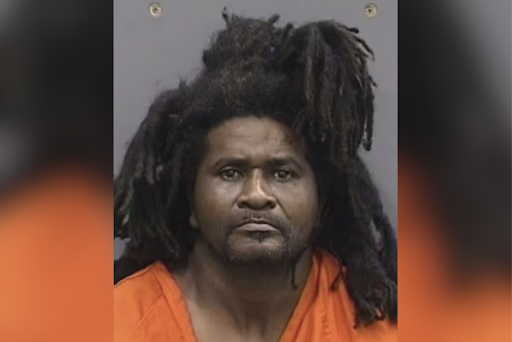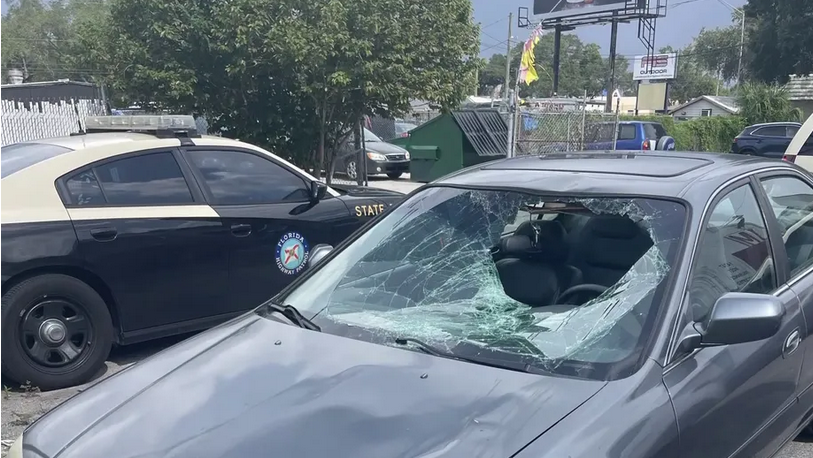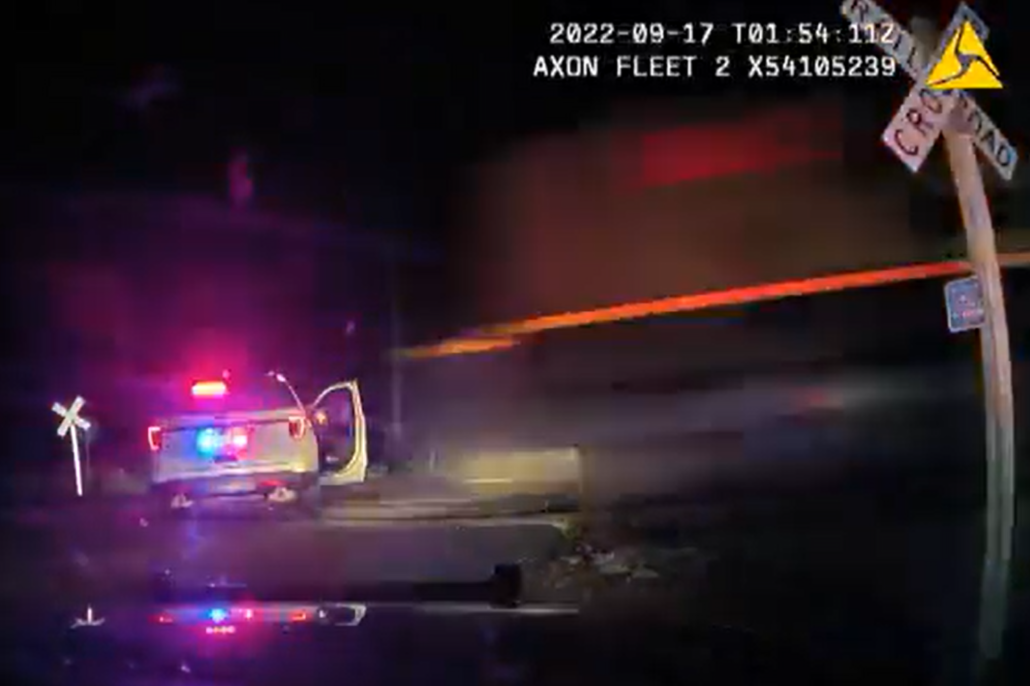
[Image Via Hillsborough County Sheriff’s Office]
In what cases can a drug dealer be charged with murder? And what led to a recent murder charge over a drug deal in Tampa?
An Overdose
On November 5, 2023, Querran Talley, 27, was found dead on a couch inside of a gazebo at The Happy Travelers RV Resort in Thonotosassa, Florida.
Near the deceased, authorities found crack cocaine, a glass smoking pipe, and the man’s phone. Tally’s phone helped tell the story of what happened. The phone revealed that Tally had used Facebook to message Anthony Mansfield, 47.
Tally and Mansfield agreed to meet at the Garden View Motel, located at 2500 E. Busch Blvd. Video footage would later show Tally enter Mansfield’s room around 2:40 a.m. on November 5. Records would also show a $35 transaction on Tally’s Cash App, according to the Tampa Bay Times.
Tally’s Lyft app records showed he took a ride back to Happy Travelers RV Resort shortly after visiting Mansfield’s room. Around 5 p.m. that day, Tally was found dead.
The Hillsborough County Medical Examiner’s Office ruled Talley’s death to be caused by the combined effects of cocaine, ethanol, fentanyl, methamphetamine, and oxycodone, with the fentanyl being a “significant factor,” per the Tampa Bay Times.
An Arrest
Months after Tally’s death, the man he met with on the day of his overdose was charged with first-degree murder. Authorities say Mansfield is responsible for Tally’s death because he sold him the fentanyl that led to his death.
Investigators had already charged Mansfield with crimes before the murder charge. On November 16, 2023, an undercover detective bought fentanyl from Mansfield. The arrest led to a search of the same hotel Tally had visited. In the room, police found crack cocaine, fentanyl, and a phone, which had messages between Mansfield and Talley.
Mansfield, who was already being held at the Falkenburg Road Jail, was charged with first-degree murder on April 18, 2024.
Related: If You’re Arrested for a Crime, Immediately Take These 6 Steps
Can a Deadly Overdose Lead to Murder Charges?
Federal prosecutors can charge someone who distributes fentanyl that leads to a death, but federal authorities have not had the capacity to pursue every street-level dealer, as reported by the New York Times. Now, state and local officials are stepping in. Local authorities have started holding more dealers accountable when they sell drugs to someone who later overdoses.
Florida law allows prosecutors to bring a first-degree murder charge when a person dies as a result of the unlawful distribution of drugs.
Other states have also become aggressive in pursuing homicide charges against dealers who sell drugs that lead to death. In Riverside County, California, the district attorney has charged 34 suspected fentanyl suppliers since late 2021, per the New York Times.
This case is also not the first of its kind in Florida. Back in May 2022, this blog covered the story of Robert Michelmore being charged with murder after a woman died shortly after buying drugs from him. In December 2023, Richard Brian Thorpe was charged with two counts of first-degree murder after two men died after using drugs purchased from him. In February 2024, Sean Lamont Bray was charged with one count of manslaughter after he sold cocaine and fentanyl to a woman who later overdosed and died.
Charges against drug dealers who sell narcotics that lead to death are becoming more common.
The Most Serious Drug-Related Charges
Florida Statute 782.04(1)(a)(3) states that any person supplying drugs to another person can be charged with homicide if the person dies after using the substance.
First-degree murder is the most serious charge of all homicides and is considered a Capital Offense. A conviction of first-degree murder can be punishable by life in prison with no parole. It can also carry the consequence of the death penalty.
While many drug dealing cases that result in murder charges relate to fentanyl, it is not the only drug that can lead to charges. The same law applies to:
- Cocaine
- Opium or any synthetic or natural salt, compound, derivative, or preparation of opium
- Methadone
- Alfentanil
- Carfentanil
- Sufentanil
- Methamphetamine
If any of these drugs lead to the death of an individual, the person who sold the drugs could be held responsible.
Regarding Mansfield’s arrest, Sheriff Chad Chronister said, “We will continue to fight against the proliferation of fentanyl in our community and hold those responsible for spreading this poison accountable.”
Related: What You Should Expect from Your Attorney in Every Case
Talk About Your Case Today
Getting arrested on drug charges is a serious matter. If you have been arrested for drug possession or other drug-related charges, talk to an experienced criminal defense attorney right away. Set up a free consultation with TJ Grimaldi to discuss your case and create a plan of action to address the charges. Request your consultation or call 813-226-1023.



